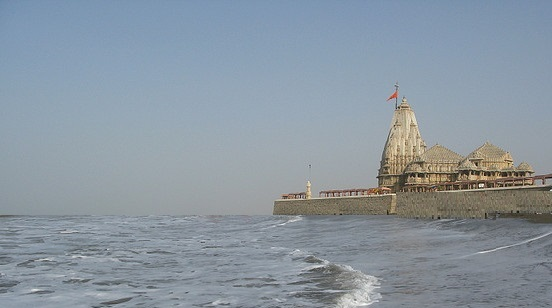Why The King Cobra Might Not Be King Afterall…Or Even A Cobra
When people talk of snakes, they inevitably bring up his name. I call this snake him because it's right there in the moniker.
The King Cobra.
One of the most feared snakes on the planet; correction, the most feared snake on the planet, it is a 12 foot (sometimes 18!) mighty Goliath whose bite is worse than its hiss. But is the King Cobra really all that we make it out to be? I mean, is the King Cobra, really the biggest, baddest, meanest and most venomous cobra of them all?
Nope, not quite.
The King Has Fallen
I have always loved the King Cobra. Always.
Then you can imagine my surprise, shock and intense disappointment when a few years ago I found out that the King Cobra isn’t actually a cobra at all! (gasp!)
I’ll give you a few seconds to digest this information.
.
.
.
Okay. Getting back.
Yes, the King Cobra is not a “true” cobra. It is just a snake that happens to have the word "cobra" in its name.
In reality, Cobras (true cobras) belong to the family of snakes called Elapidae and their genus name is Naja. The King Cobra, on the other hand (although from the family of snakes as the true cobras), comes from a completely separate genus called Ophiophagus. The word Ophiophagus is quite literally Greek for “Snake Eater”.
To understand why the King Cobra is called a cobra, despite not really being a cobra; we need to look at the differences between the King and true cobras. I’ve created a table for you to read:
|
Characteristics |
True Cobra |
King Cobra |
|
Hood shape & size |
Short & wide | Long & narrow |
|
Hood visibility |
Hood is very easily noticeable. | Hood is not as noticeable. Very narrow hood. |
|
*Hood pattern |
Various patterns – V-shaped, Eye shaped, Two circles etc. | The pattern looks like a “V” (almost chevron pattern) or a broken oval. |
|
Food |
Eggs, small birds, small mammals, lizards, toads & sometimes other snakes. | Exclusively feed on snakes and sometimes poisonous snakes (including true cobras and other Kings). |
|
Fang placement |
Fangs are fixed on the top jaw. Not retractable. | Fangs are fixed on the top jaw. Not retractable. |
|
Venom (in a single bite) |
Between 50 mg & 400 mg | Between 380 mg & 600 mg |
| Very low. Very shy snakes, prefer to only strike in warning, with their mouths closed. Bite only in extreme cases. | Very low. Very shy snakes, prefer to only strike in warning, with their mouths closed. Bite only in extreme cases. | |
|
Number of scales on the head |
9 |
11 |
|
The size difference between genders |
Males & females are almost the same sizes. | Females are much smaller than males. |
|
Egg-laying behaviour |
Lay eggs and leave them unattended; just like other snake species. | Build a nest out of twigs and leaves, lay eggs in the nest & stay back to aggressively protect the clutch until the eggs hatch. |
|
31 |
1 |
- So, why is the King cobra called a “Cobra”?
Because of the presence of the hood and the similar fang placement.
- Why is it not considered a True cobra?
Because it doesn’t share most of the other features that true cobras have.
Now for the next question…
Why is the King Cobra called the “King”?
While there is no definitive answer, most scientists do agree that the King cobra's preference to kill and eat other snakes, even his own cousins, makes him extremely deadly. No other snake in the entire world has been observed showing this level of focused preference towards cannibalism.
This unique, almost ruthless behaviour; plus its extraordinary courage and its lack of restraint when it does decide to inject venom; have given this snake the title of the King.
But if you really think about it; the King Cobra is the only member of its Ophiophagus genus. So, how can it be a King, when it doesn’t have any subjects to rule?
Ha ha…food for thought.
One more thing before we end
Snake bites can be dangerous. But preparation and knowledge can help. This report about What You Should Do During A Snake Bite is really helpful and can save a life.
* (Refer table: Hood Pattern)

Different hood patterns on the hood of the spectacled cobra (Source)
-NISHA PRAKASH



Comments